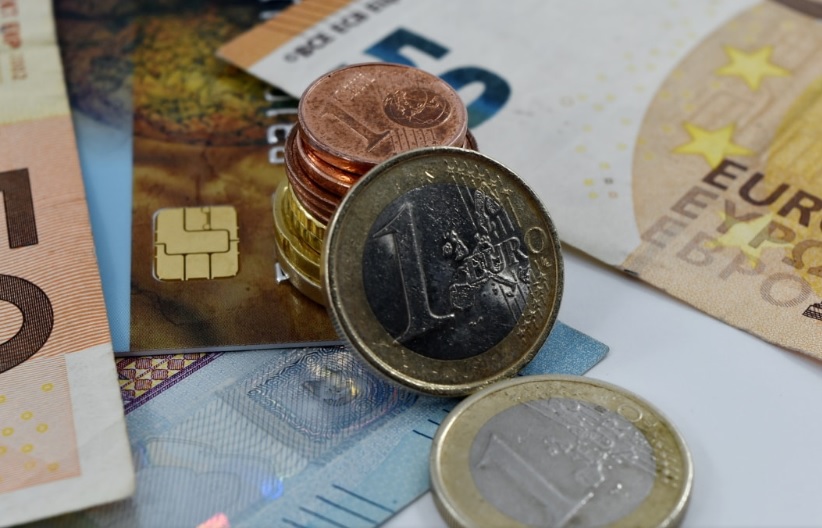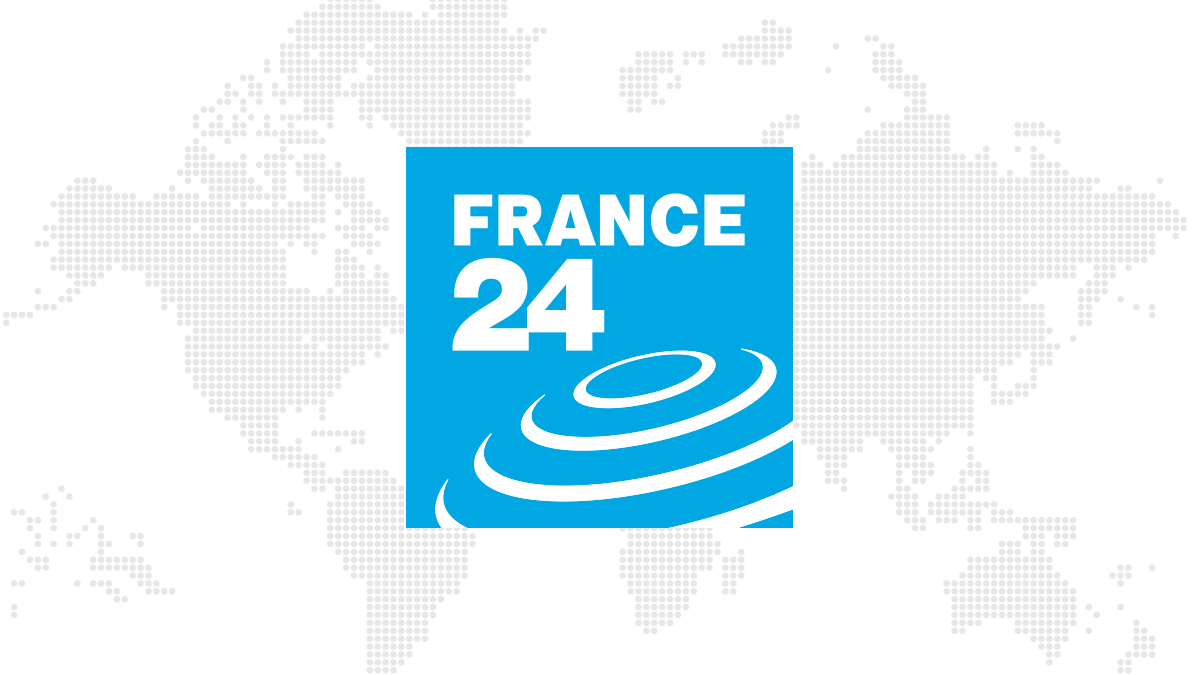The final price of revolving cards continues to be above 22%, despite the ruling issued by the Supreme Court just over a year ago which defined them as usury. Although it is true that financial institutions have been adjusting their interest rates after this, the average market price is installed at 22.84% due to high additional costs.
–
“The high costs of issuance or renewal commissions largely explain why the market remains at such high prices “, since nominal interest rates have fallen, from 18.04% to 16.71%, point out from Asufin, whose latest barometer on the revolving market includes these figures. It details that many cards have continued their interest rate adjustment or they have even been replaced by cheaper ones. However, the average APR hardly varies from six months ago. In fact, compared to June, the APR only drops from 22.86 to 22.84%.
In this way, according to the calculations, for a financing of 1,000 euros over 24 months, appeasing the average APR of the market, the cost rises to 229.40 euros. Scale to 472,94 euros, in the case of the most expensive revolving card and descends to 124,39 euros, in the case of the cheapest. The association also of the high interests that apply to the dispose of cash at ATMs with these cards, which reaches 27.99%, as the commission for using this service increases considerably, from an average of 3.26% to 3.49%.
BAD PRACTICES AND LACK OF TRANSPARENCY
Although the main claim of many of these products continues to be to offer the issuance and renewal for free, among the bad practices that are still observed in revolving cards, the increase in issuance commissions stands out. This happens especially in cards with very broad lines of credit, which even reach 60,000 euros of credit provision.
In addition, the high commission for the renewal of this card from the second year, now 175 euros, compared to 135 euros six months ago, causes your APR to rise to 59.47% to finance purchases, and 75.72% in the case of cash disposition, according to study data.
The risk is multiplied by the common practice of highlighting as an advantage the payment of a purchase or a cash disposition in small installments that multiply the cost in interest, they explain from Asufin, also highlighting as a common bad practice to encourage the use of the available balance on the card in cash, especially when it is already being amortized. “Its effect could not be more damaging. Although the same fee is paid (a point that stands out in all these promotions), increasing the debt also means that this fee pay more interest and less capital “, they affirm.
USURY
At the beginning of March of last year, Supreme court it considered that revolving card contracts that apply interest rates higher than the normal price of money and manifestly disproportionate are usurious and should be annulled. A year later, the Court of Justice of the European Union (CJEU) has endorsed the doctrine of the Supreme Court.
Then it was detailed that the reference of the “normal money interest” to be used to determine if the remunerative interest is usurious must be the average interest applicable to the category to which the operation in question corresponds, in this case the average rate applied to credit operations through credit cards and revolving published in the official statistics of the Bank of Spain. In determining when the interest on a revolving loan is usurious, it is taken into account that the average rate used to make the comparison, something over 20% per year, is already very high.
– .


